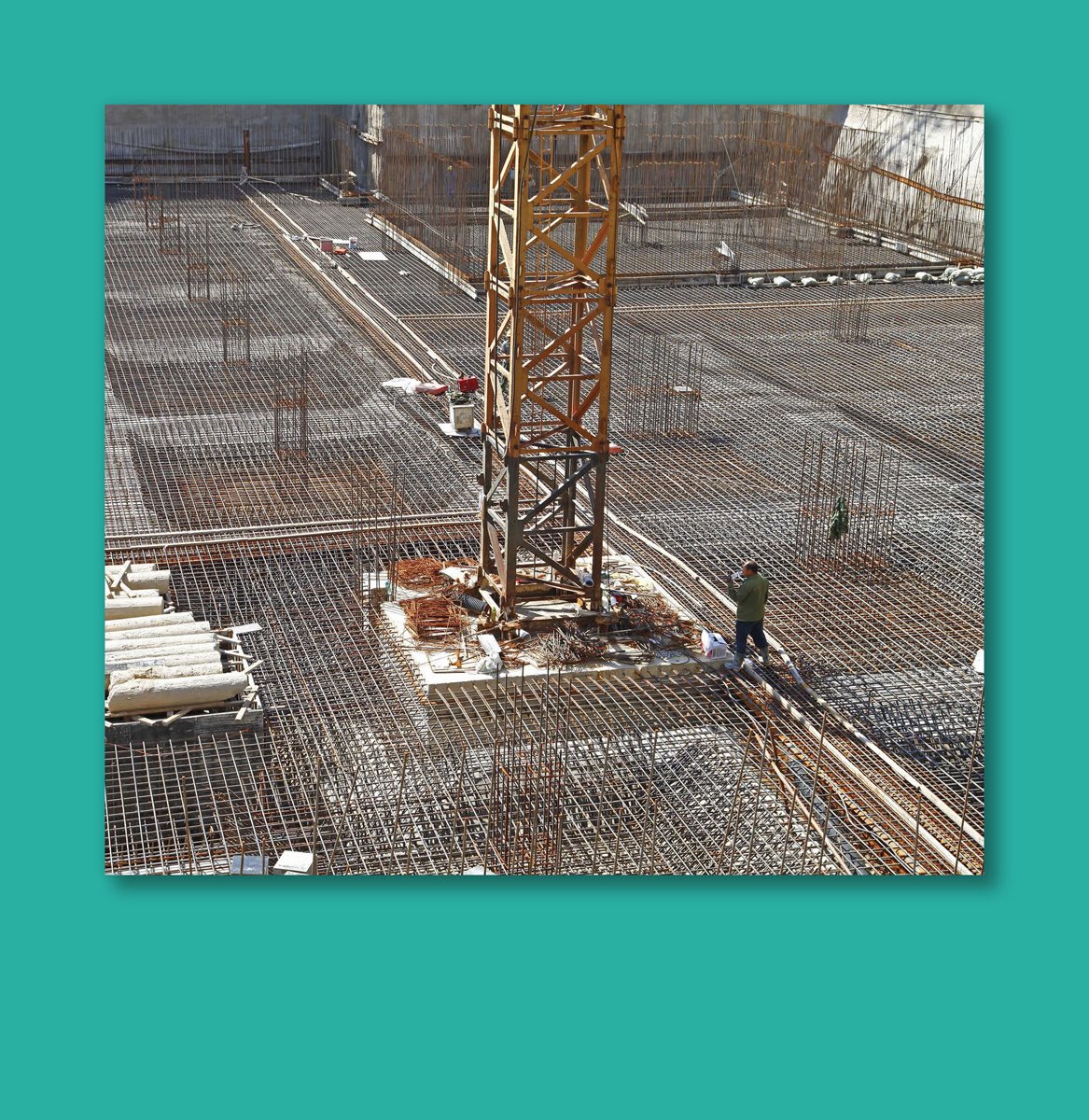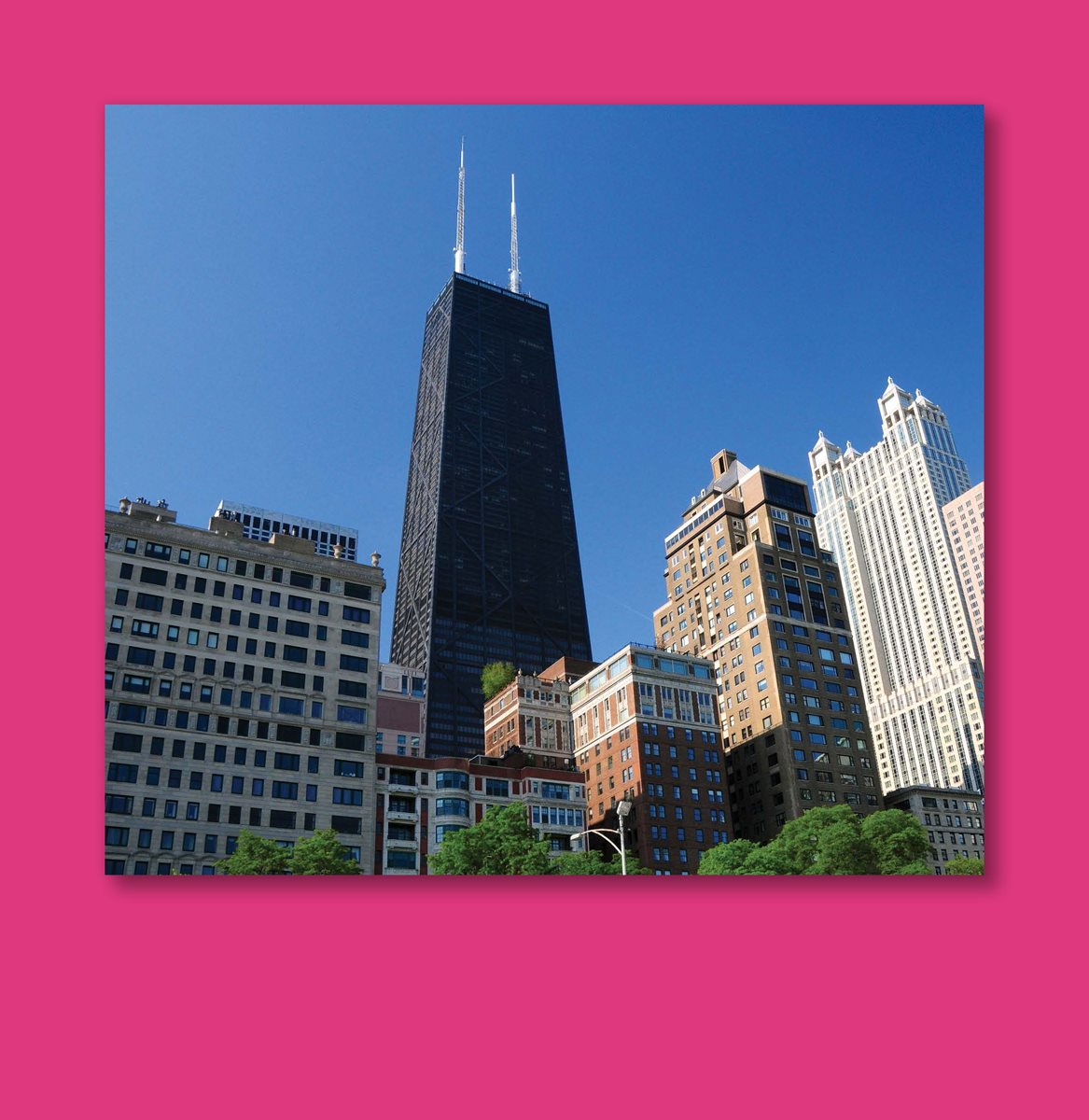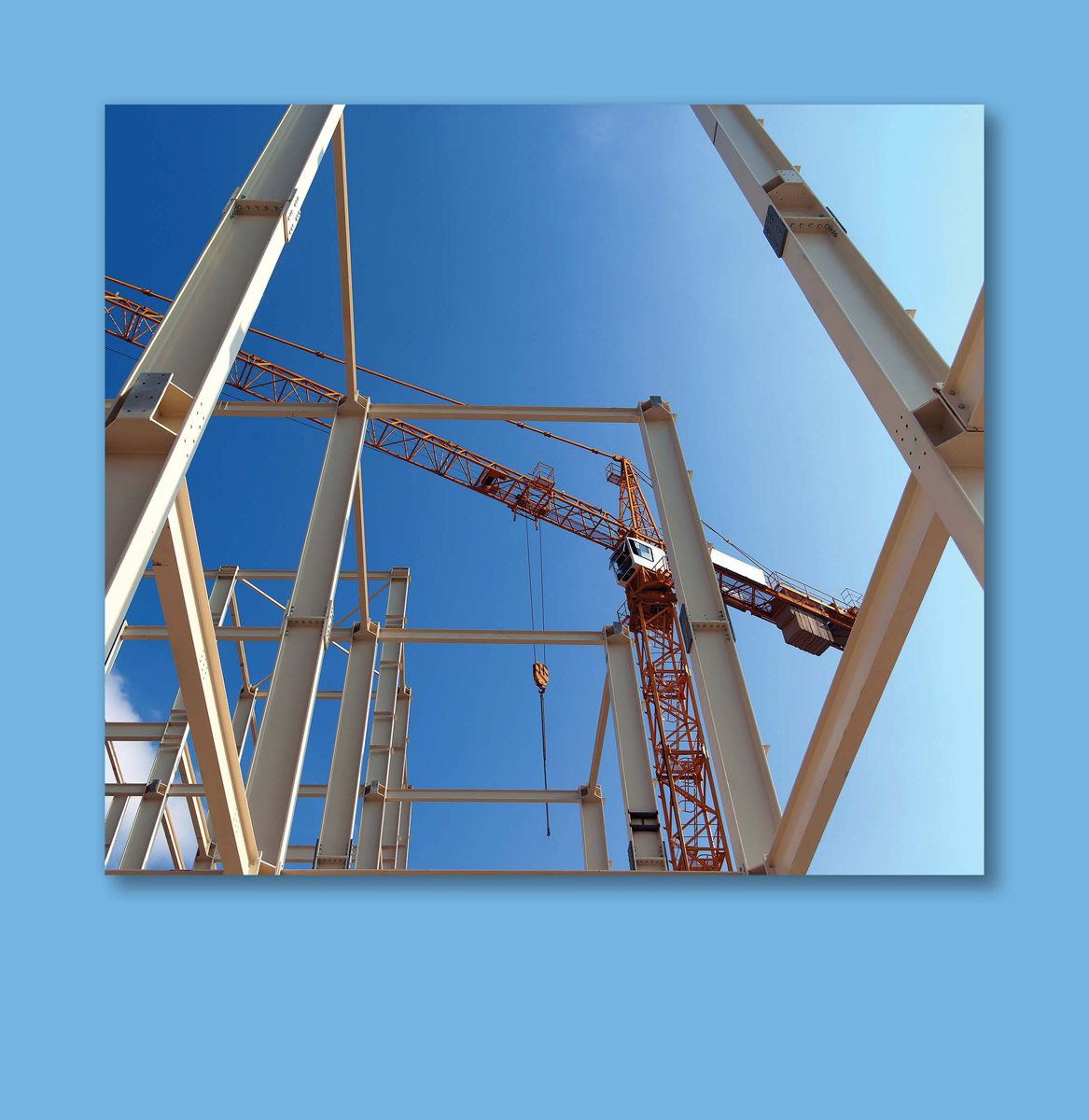Table of Contents
Guide


Published in the United States of America by
Cherry Lake Publishing
Ann Arbor, Michigan
www.cherrylakepublishing.com
Content Adviser: Dr. Todd Kelley, Associate Professor of Engineering/Technology Teacher Education, Purdue Polytechnic Institute,
West Lafayette, Indiana
Reading Adviser: Marla Conn MS, Ed., Literacy specialist, Read-Ability, Inc.
Photo Credits: pisaphotography/Shutterstock Images, cover; Ronnie Chua/Shutterstock Images, 4; Javen/Shutterstock
Images, 6; joreks/Shutterstock Images, 8; pan demin/Shutterstock Images, 10; Richard Cavalleri/Shutterstock Images,
12; Pavel Ganchev Paf/Shutterstock Images, 14; Anastasios71/Shutterstock Images, 16; AvDe/Shutterstock Images, 18
Copyright 2017 by Cherry Lake Publishing
All rights reserved. No part of this book may be reproduced or utilized in any
form or by any means without written permission from the publisher.
Library of Congress Cataloging-in-Publication Data
Names: Loh-Hagan, Virginia, author.
Title: Skyscrapers / by Virginia Loh-Hagan.
Description: Ann Arbor : Cherry Lake Publishing, 2017. | Series: 21st century junior library. Extraordinary engineering | Audience: K
to grade 3. | Includes bibliographical references and index.
Identifiers: LCCN 2016032397| ISBN 9781634721653 (hardcover) | ISBN 9781634722971 (pbk.) | ISBN 9781634722315 (pdf) |
ISBN 9781634723633 (ebook)
Subjects: LCSH: Skyscrapers--Juvenile literature. | Skyscrapers--Design and construction--Juvenile literature.
Classification: LCC TH1615 .L64 2017 | DDC 720/.483--dc23
LC record available at https://lccn.loc.gov/2016032397
Cherry Lake Publishing would like to acknowledge the work of The Partnership for 21st Century Learning.
Please visit www.p21.org for more information.
Printed in the United States of America
Corporate Graphics
ISBN-13: 978-1-68444-504-2 (e-book)
Synchred Read-Along Version by:
Triangle Interactive LLC
PO Box 573
Prior Lake, MN 55372
CONTENTS
9 How Do Skyscrapers
Support Weight?
13 How Do Skyscrapers
Resist Forces?
17 How Do Skyscrapers
Serve Peoples Needs?
The city with the most skyscrapers in the world is Hong Kong.
What Are
Skyscrapers?
The word skyscraper was first used in
the 1880s. This is when the first tall
buildings were built in the United States.
People looked up. These buildings looked
like they touched the sky.
Skyscrapers are the worlds tallest
buildings. They have over stories . They
stick out from other buildings. They create a
citys skyline .
The CN Tower in Toronto, Canada, is one of the tallest
towers in the world.
Skyscrapers are different from towers .
Towers are tall. They have thick walls.
They dont have windows. Windows weaken
buildings. Large numbers of people dont
live or work in towers. Towers can be used
as military defenses, to support bridges,
or as antennas for communication. They
dont have much usable space inside.
Skyscrapers do. They use a small footprint,
or ground area. They make space by adding
stories. They offer more room this way.
Many people live and work in them.
The invention of long steel beams made skyscrapers like the
Empire State Building in New York City possible.
How Do Skyscrapers
Support Weight?
Originally, buildings were made of only
bricks or stone. They were heavy. They
couldnt be higher than stories. Then,
steel was invented. Steel is lighter and
stronger. It supports more weight. Steel
allows engineers to design taller buildings.
Skyscrapers have steel skeletons .
These skeletons support walls. They spread
out load . Top floors move weight into steel
beams and down to the foundation .
Skyscrapers center of gravity needs to be
underground in the foundation.
Gravity pulls down skyscrapers. So, all
the weight goes to the foundations
underground. The ground can hold heavy
loads. Some foundations are anchored in
solid rock. Foundations carry the
skeletons load. Foundations spread out
and move the forces down to the ground.
This supports the combined weight at the
top of the building.
Look!
Look at the tallest building in town. How tall is it? How many
stories does it have? Look up. Do you think it sways in the wind?
The John Hancock Center in Chicago, Illinois, can sway up to
inches (38 centimeters) in strong winds.
How Do Skyscrapers
Resist Forces?
Engineers think about forces. Wind and
earthquakes can affect skyscrapers. They
cause vibrations . This makes skyscrapers
sway. Skyscrapers can sway a little. Theyre
like trees. They move with vibrations.
Engineers design them to do so. This is so
skeletons dont get twisted or strained. But
skyscrapers cant sway too much. They
must resist strong winds.

































